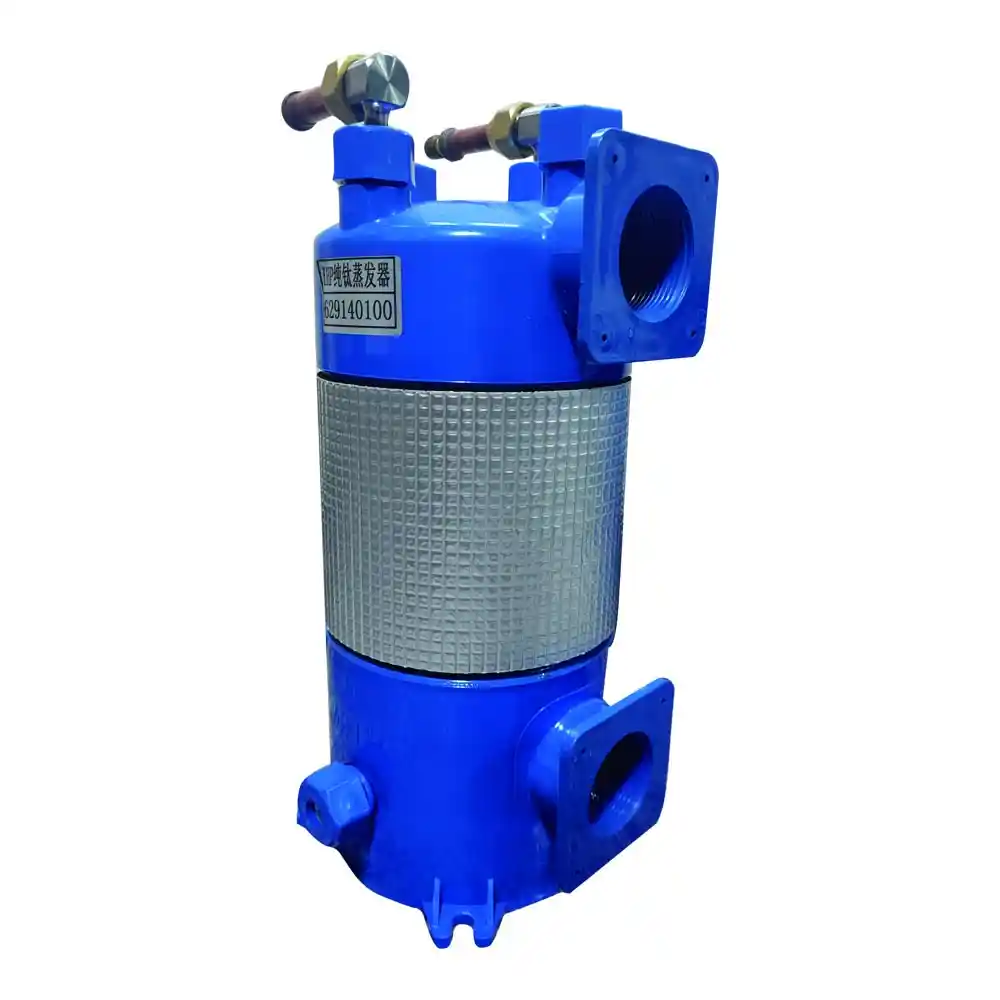1. Introduction
Threaded connections are widely used in the construction of titanium coil heat exchangers, offering secure and reliable joining of components. This article explores the significance of threaded connections in titanium coil heat exchangers, their impact on performance and reliability, and provides a comprehensive analysis of their characteristics and suitability for various applications. We will delve into the design principles, advantages, limitations, and comparative analysis of threaded connections, supported by relevant data and informative tables.
2. Understanding Threaded Connections in Titanium Coil Heat Exchangers
Threaded connections provide several key advantages when used in titanium coil heat exchangers:
2.1 Secure and Reliable Joining
Threaded connections offer a secure and reliable method of joining components in titanium coil heat exchangers. By utilizing threaded fasteners such as bolts and nuts, the connection becomes resistant to vibrations and thermal expansions, ensuring the structural integrity of the heat exchanger. The threaded design prevents accidental disassembly, providing a robust and durable connection.
2.2 Ease of Installation and Maintenance
Threaded connections are relatively easy to install and disassemble, facilitating efficient maintenance and repair operations. The threaded fasteners can be easily tightened or loosened using simple tools, minimizing downtime and reducing labor costs. This advantage is particularly valuable in applications where regular inspection or component replacement is required.
2.3 Versatility and Compatibility
Threaded connections offer versatility and compatibility with various components and materials used in titanium coil heat exchangers. They can accommodate different sizes and types of threaded fasteners, allowing for flexibility in design and construction. Threaded connections also enable the integration of dissimilar materials, such as titanium and stainless steel, expanding the range of application possibilities.
3. Limitations and Considerations
While threaded connections provide significant benefits, it is important to consider their limitations and potential challenges:
3.1 Risk of Leakage
Threaded connections, if not properly designed or installed, may present a risk of leakage. Imperfections in the threading or insufficient sealing elements can lead to fluid or gas leakage, compromising the efficiency and performance of the heat exchanger. Adequate sealing measures, such as the use of gaskets or sealing compounds, should be employed to mitigate this risk.
3.2 Load Capacity and Stress Concentration
Threaded connections may experience stress concentration, especially under high loads or extreme operating conditions. It is crucial to consider the load capacity of the threaded fasteners and the potential for stress concentration at the thread roots. Proper tightening procedures, torque values, and the selection of appropriate fastener materials are essential to prevent thread failure or deformation.
4. Comparative Analysis of Threaded Connection Types
Let’s compare the performance and characteristics of commonly used threaded connection types in titanium coil heat exchangers:
| Connection Type | Advantages | Limitations |
|---|---|---|
| Bolt and Nut | – High load-bearing capability | – More complex installation |
| – Suitable for heavy-duty applications | – Requires tools for assembly and disassembly | |
| – Enhanced vibration resistance | ||
| – Allows for secure tightening | ||
| Threaded Plug | – Simple and compact design | – Limited to specific applications |
| – Easy installation and removal | – Requires precise thread engagement | |
| – Provides leak-proof sealing | ||
| – Suitable for smaller connections |
5. Conclusion
Threaded connections play a crucial role in the construction and performance of titanium coil heat exchangers. Their secure and reliable joining capabilities, ease of installation and maintenance, and compatibility with various materials make them a preferred choice in many applications. However, it is important to consider the limitations and challenges associated with threaded connections, such as the risk of leakage and stress concentration.
By conducting a comparative analysis of threaded connection types and understanding their advantages and limitations, engineers and designers can make informed decisions in the design and construction of titanium coil heat exchangers. This knowledge leads to optimized heat exchanger performance, improved reliability, and extended system lifespan.


